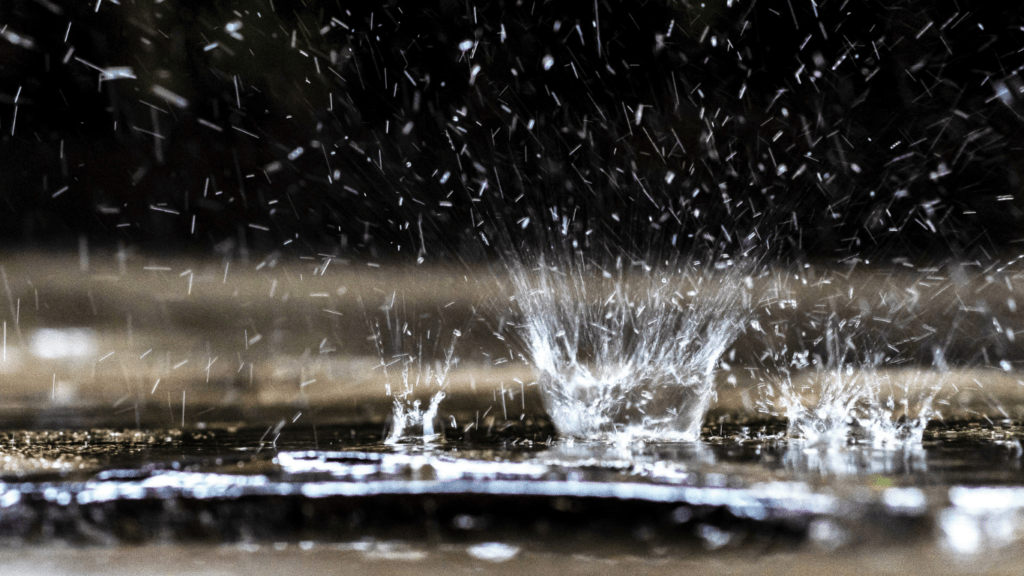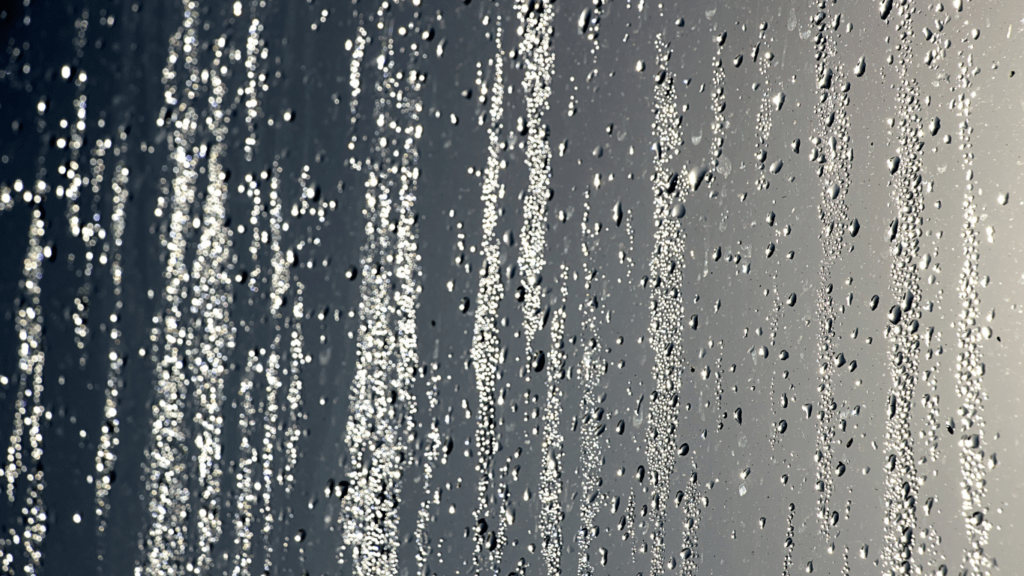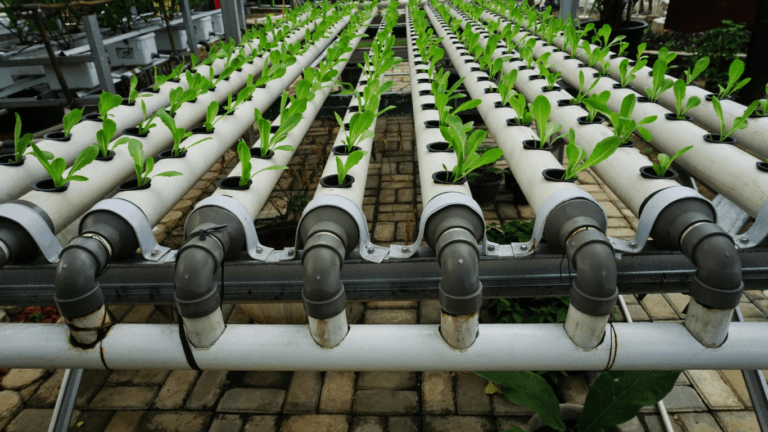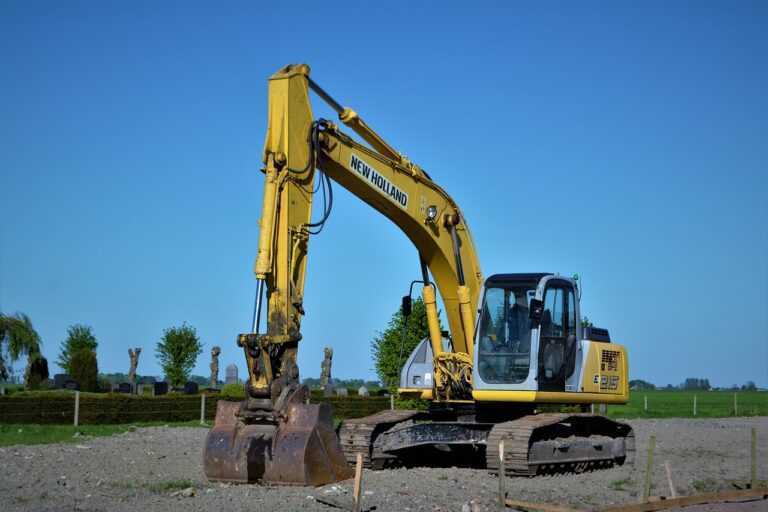Embarking on a journey towards sustainable living can be both rewarding and impactful. When it comes to conserving water and reducing your environmental footprint, DIY rainwater harvesting systems offer a practical and eco-friendly solution. By harnessing the power of nature, I’ve discovered how simple it can be to collect and utilize rainwater for various household purposes.
In this article, I’ll share insights on setting up your own DIY rainwater harvesting system, from choosing the right materials to installation tips that I’ve learned through my own experience. Whether you’re looking to save money on water bills or lessen your reliance on municipal resources, incorporating a rainwater harvesting system into your sustainable living practices can make a significant difference. Join me as I guide you through the steps to create a more environmentally conscious home with a DIY rainwater harvesting system.
Benefits of DIY Rainwater Harvesting Systems
Rainwater harvesting systems offer significant benefits for sustainable living. I’ve personally experienced the advantages they bring, from cost savings over time to reducing environmental impact.
Cost Savings Over Time
Implementing a DIY rainwater harvesting system can lead to substantial cost savings over time. By using collected rainwater for various household purposes such as watering plants, cleaning, and flushing toilets, I’ve noticed a considerable decrease in my monthly water bill. The initial investment in setting up the system pays off in the long run as it reduces reliance on expensive municipal water sources.
Environmental Impact Reduction
One of the most compelling benefits of DIY rainwater harvesting systems is the substantial reduction in environmental impact. By collecting rainwater for daily use, I’ve been able to lower my carbon footprint by decreasing the demand for treated water from local sources. This sustainable practice conserves water resources, reduces energy consumption associated with water treatment, and promotes a more eco-friendly way of living.
Key Components of a DIY Rainwater Harvesting System
When setting up a DIY rainwater harvesting system, it’s essential to have the right components in place to ensure efficiency and effectiveness. Here are the key components to consider:
- Storage Tanks
In a DIY rainwater harvesting system, storage tanks are crucial for storing collected rainwater. These tanks come in various sizes and materials, such as polyethylene, fiberglass, or concrete. The capacity of the tank depends on factors like roof area, average rainfall, and intended use of harvested water. Proper maintenance of storage tanks is important to prevent contamination and ensure water quality. -
Filtration Units
Filtration units play a vital role in removing debris, sediment, and contaminants from collected rainwater before it enters the storage tanks. Common filtration methods include mesh screens, sediment filters, and disinfection systems like UV purifiers. Choosing the right filtration unit based on the quality of harvested water and local environmental conditions is essential for maintaining water purity.
Conveyance Systems
Conveyance systems in rainwater harvesting include gutters, downspouts, and piping that direct rainwater from the catchment area to the storage tanks. Properly designed conveyance systems prevent water overflow, ensure efficient collection, and minimize losses. Regular inspection and maintenance of conveyance systems are necessary to prevent clogs and ensure continuous water flow.
Step-by-Step Guide to Building Your Own System
Planning and Design
When starting the planning phase for your DIY rainwater harvesting system, I recommend considering a few key aspects. First, assess your average water consumption to determine the size of the system needed. For instance, if you use 100 gallons of water daily, you’d want a system that can meet that demand efficiently. Next, evaluate the available space on your property for installing the system. Whether you opt for above-ground tanks or underground cisterns, ensure they are easily accessible for maintenance. Also, consider the local climate and rainfall patterns to optimize your system’s effectiveness.
Installation Process
Onto the exciting part – the installation process of your rainwater harvesting system! Begin by setting up your storage tanks in the designated area. Connect these tanks to your roof’s downspouts using appropriate gutters and piping for rainwater collection. Install a first-flush diverter to redirect the initial runoff and prevent debris from entering the tanks. Next, incorporate a filtration unit to maintain water quality, ensuring you have clean water for various uses. Finally, establish a system for distributing the harvested rainwater to different parts of your property, such as your garden or for non-potable household needs.
Maintenance Tips
Maintaining your DIY rainwater harvesting system is key to its long-term functionality. Regularly inspect the system for leaks, clogs, or damage, especially after heavy rainfall or during seasonal changes. Keep the gutters and filters clean to prevent blockages and maintain water quality. Check the water levels in your storage tanks periodically and top them up as needed. Additionally, consider installing mesh screens to keep out debris and insects from entering the system. By staying proactive with maintenance, you’ll ensure that your rainwater harvesting system continues to operate efficiently and sustainably.
Challenges and Solutions in Rainwater Harvesting
When considering setting up a rainwater harvesting system, it’s essential to be aware of potential challenges that may arise during the process and have solutions in place to address them effectively.
Regulatory Issues
In some areas, there are regulations governing the collection and use of rainwater. It’s important to check local laws and regulations to ensure compliance before installing a rainwater harvesting system. By consulting with local authorities or water management agencies, I can gain insights into any permits or restrictions that may apply to my rainwater harvesting setup, ensuring that I am meeting all legal requirements.
Quality Control
Maintaining water quality is crucial in rainwater harvesting to ensure it is safe for various uses. Implementing proper filtration and purification systems can help in enhancing the quality of harvested rainwater. Regular maintenance practices such as cleaning gutters, removing debris from the collection surface, and periodically checking filtration systems can contribute to ensuring the quality of the collected rainwater remains high. By monitoring the quality of the harvested rainwater, I can address any issues promptly and maintain a sustainable water source for my needs.
Real-Life Examples of Successful DIY Systems
In my experience, real-life examples of successful DIY rainwater harvesting systems can provide valuable insights into the practical aspects of implementing such a sustainable solution. Here are a few instances that demonstrate the effectiveness of DIY systems in sustainable living:
- Installing a simple rain barrel system that collects rainwater from the roof of a house can be a cost-effective way to start harvesting rainwater. By connecting multiple barrels in a series, one can increase the storage capacity easily.
- Utilizing DIY filtration systems such as sand filters, mesh screens, or even homemade charcoal filters can help improve the quality of harvested rainwater for various household uses like watering plants or cleaning.
- Incorporating a gravity-fed irrigation system that uses the harvested rainwater to water the garden can showcase how efficiently collected rainwater can serve essential purposes while reducing the reliance on municipal water sources.
- Implementing a comprehensive rainwater harvesting system that includes a variety of storage options, such as underground tanks or cisterns, along with advanced filtration and purification systems, demonstrates a more advanced yet achievable approach to sustainable water management.
These real-life examples underscore the versatility and effectiveness of DIY rainwater harvesting systems in promoting sustainable living practices while emphasizing the practicality and feasibility of implementing such systems in various settings.






















































































 Jameser Knowlesicker is the visionary founder of the project, passionately advocating for urban agriculture and sustainability. His commitment to transforming city landscapes into vibrant green spaces led him to create a platform that disseminates the latest news and trends in urban farming. Jameser focuses on promoting eco-friendly practices and products, emphasizing the health benefits of growing one’s own food. Under his leadership, the project has become a vital resource for urban gardeners and sustainability enthusiasts, inspiring collective efforts to foster environmental sustainability and enhance urban life.
Jameser Knowlesicker is the visionary founder of the project, passionately advocating for urban agriculture and sustainability. His commitment to transforming city landscapes into vibrant green spaces led him to create a platform that disseminates the latest news and trends in urban farming. Jameser focuses on promoting eco-friendly practices and products, emphasizing the health benefits of growing one’s own food. Under his leadership, the project has become a vital resource for urban gardeners and sustainability enthusiasts, inspiring collective efforts to foster environmental sustainability and enhance urban life.